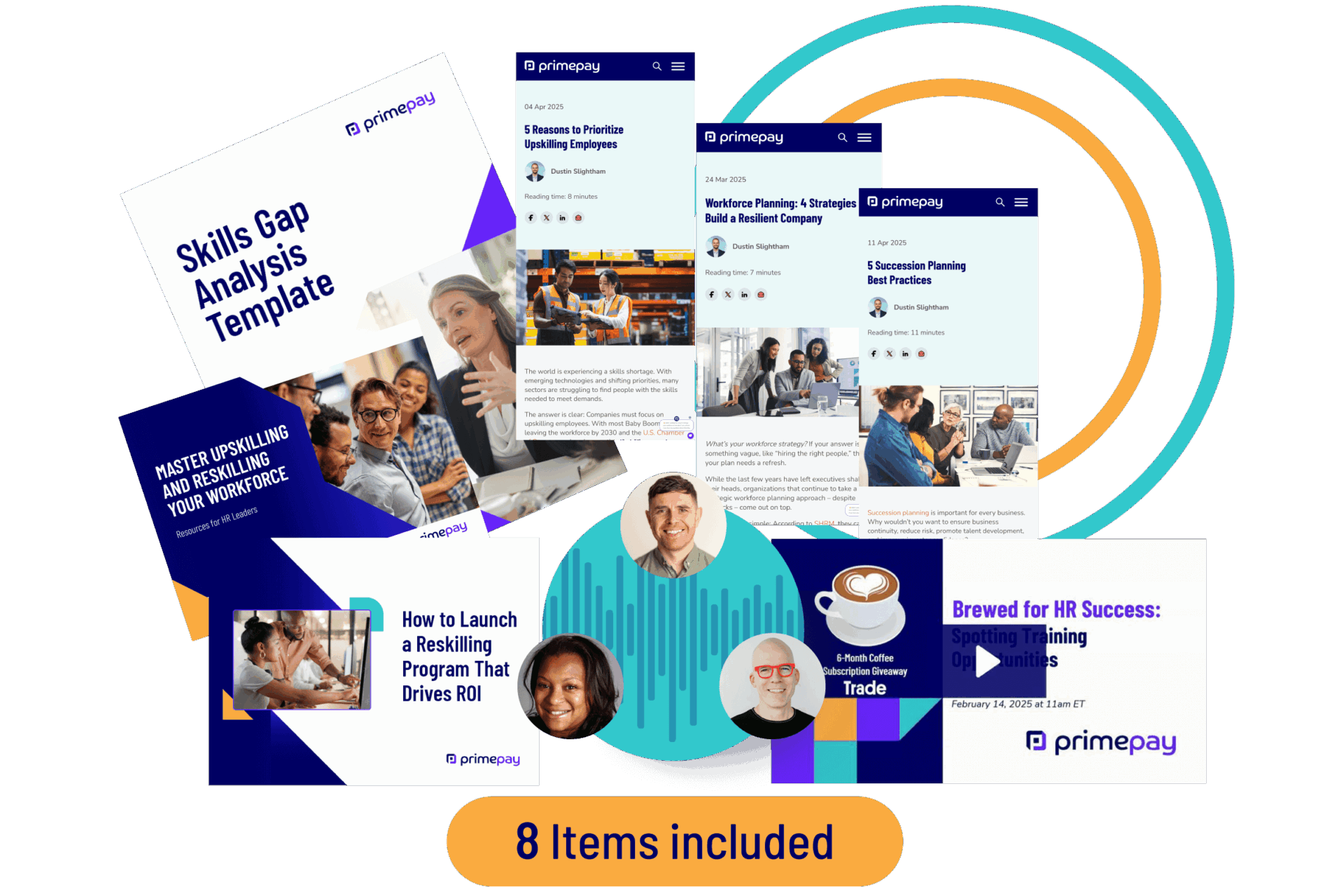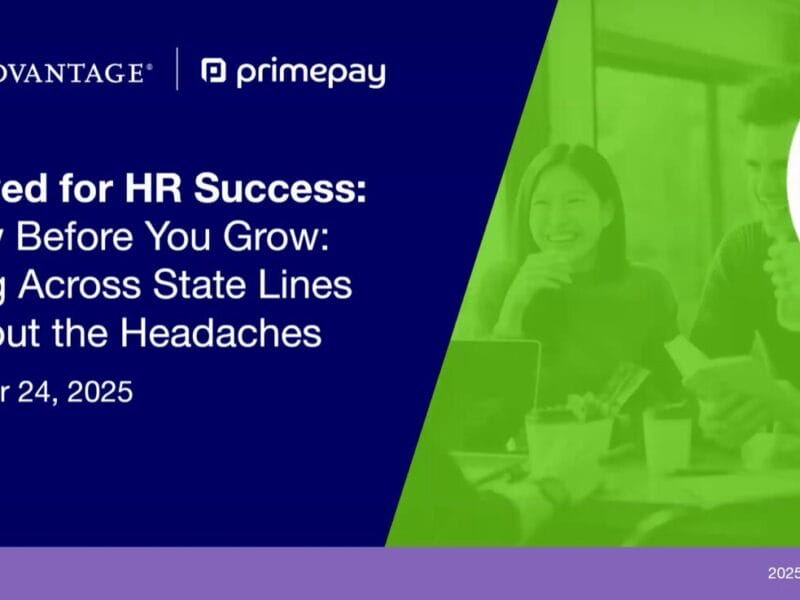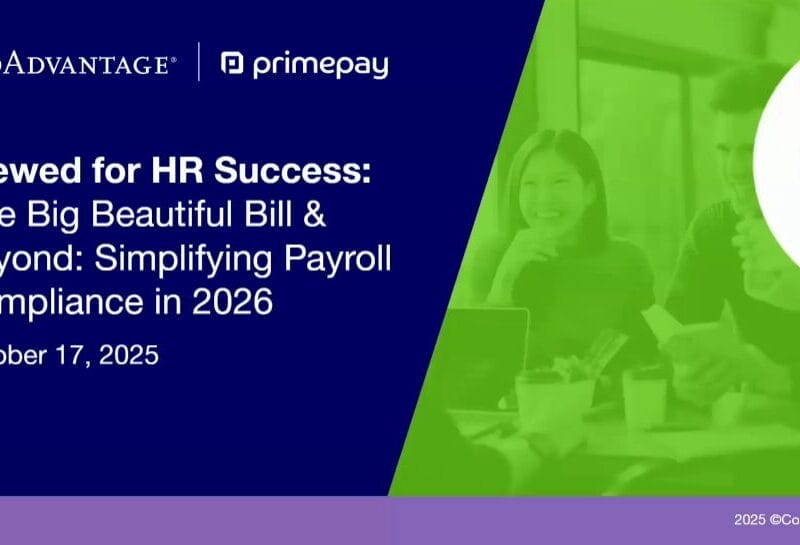As businesses navigate economic shifts and evolving workforce expectations, transparency from leadership has never been more critical. Employees want to understand how their work contributes to company success, especially when faced with challenges like budget constraints, market fluctuations, and talent retention concerns.
In this conversation, Head of People at OnSecurity and career coach Alan Wilson shares his insights on why clear communication, job alignment, and HR’s role in workforce adaptability are essential for reskilling and upskilling efforts.
Q: How does transparency from leadership impact workforce engagement and motivation?
Alan: Clarity is crucial. When leadership openly communicates the challenges and direction of the business, it prevents employees from filling in the gaps with their own assumptions. If leaders don’t tell people the value of something or what’s going on—especially when it’s uncomfortable—employees will create their own projections, which can be counterproductive.
For example, if a company is facing financial constraints and needs to cut spending, leadership might hesitate to be upfront about it. But if they instead say, “We’re on a spending moratorium to extend our runway for another 12 months, and here’s how each department plays a role in ensuring our success,” it aligns everyone with a clear goal.
When employees understand how their work connects to the company’s survival and growth, they’re more likely to mobilize and collaborate effectively. But when you aren’t transparent, people will just continue on as if everything’s fine.
Q: How does aligning job roles to business outcomes improve engagement?
Alan: When people see how their job contributes to larger business objectives, it shifts their mindset from just completing daily tasks to driving meaningful impact. Instead of simply “doing your job,” you’re part of a coordinated effort to improve sales, enhance products, or strengthen retention strategies.
This kind of alignment is motivating. It turns work into something with a tangible outcome, making employees feel like they’re contributing to something bigger rather than just ticking off tasks on a list.
Q: What challenges do leaders face in being transparent?
Alan: Many leaders worry that being too honest—especially about tough realities—will cause panic or disengagement. We’re afraid to educate our organizations on the power of transparency because, a lot of the time, it’s felt like if we tell employees this, it will scare them off. Leaders are afraid to lose people, but it’s actually the opposite. You’re losing people because they don’t know the truth.
In reality, people often respond better to transparency than expected. It builds trust. Employees would rather hear, “Here’s where we stand, here’s what we need, and here’s how you can help,” rather than being left in the dark. And it’s super important that they hear it from you. It’s not effective if they hear it second-hand.
Of course, transparency should be coupled with a clear action plan. If you just drop bad news without direction, it can lead to uncertainty. But when leaders provide context and possible solutions, they create alignment and motivation.
Q: That’s a great tip. In what other ways can leaders lean into creating more transparent practices?
Alan: This idea of transparency isn’t just rolling up on the All Hands meeting and delivering it. It’s a moment-by-moment practice. People Teams would do well to remember that. Transparency should influence every bit of coaching, mentoring, and guidance that’s given.
And practicing it should always be top of mind. You should consider: How will that be perceived if we get this communication? If we do this thing, how do we explain that to employees?
But transparency isn’t necessarily just about the moment when you can be transparent. There will be conversations that you can’t be open about, like going for another round of funding. You need to consider how you shape that message while still being honest. For example, “We need a little bit more runway, but there is a lot of good stuff happening, too.” It’s transparent, honest, and may also put out some fires.
Q: What role does HR play in supporting workforce adaptability?
Alan: People Teams are key players in helping the C-Suite understand where the company stands on things like compensation, rewards, and retention—especially in times of change. They can bridge the gap between business needs and employee engagement by using data and ensuring that workforce strategies align with company goals.
For example, if leadership says, “We need to retain top talent without putting the company at financial risk,” HR can develop creative solutions, such as upskilling programs, internal mobility strategies, or incentive structures that drive performance without excessive spending.
Reskill Your Workforce
Grab our free toolkit, which is filled with insights, calculators, and templates to help build your HR programming.









